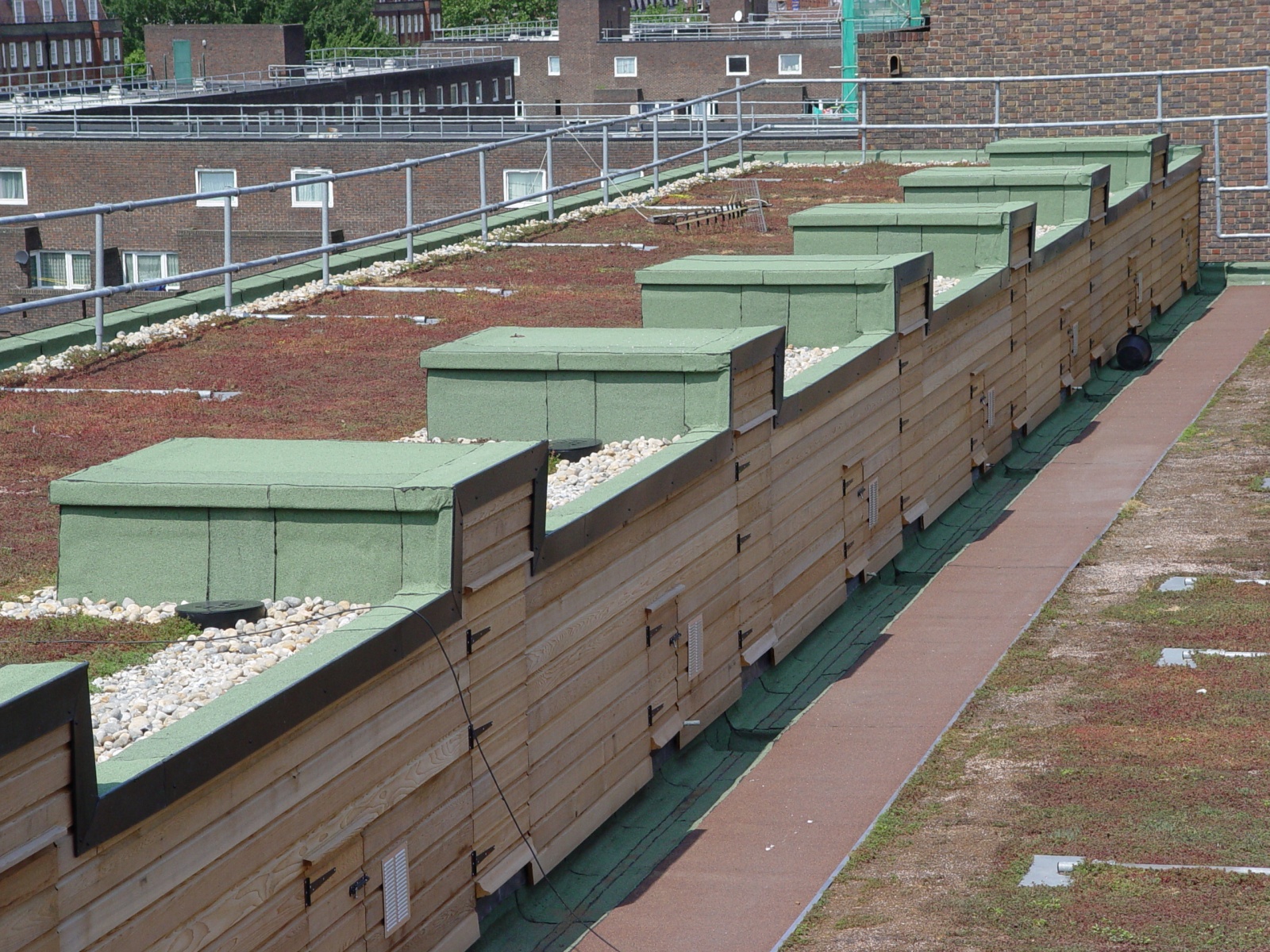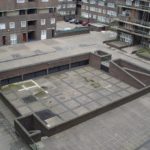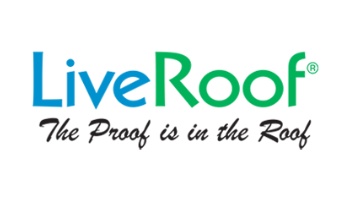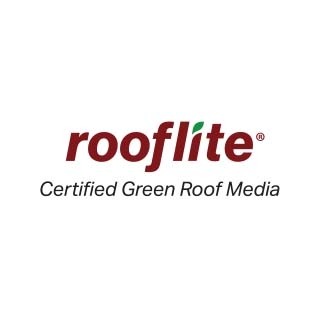
The Ethelred Estate, Central London, has recently undergone a programme of regeneration works to produce a community environment to inspire others. The roofing refurbishment of the housing properties is a phased programme with works starting on 10 of the medium-rise residential buildings, which comprise 253 flats. The works are part of a €5.3m grant which was provided via the Government Office for London (GOL), with additional funding from the London Borough of Lambeth and contributions from the estate’s leaseholders.
At the design stage for the roof refurbishment, the Environmental Projects Officer for Lambeth Housing, Matt Prescott, suggested using a green roof as a way of getting both value for money and environmental improvements giving a win-win situation. Keen to secure a better future for the estate and add value to the community, the Ethelred Tenants Management Organisation (TMO) opted for the green roofs which provided the best value in terms of whole life cost. The initial higher cost of this type of roof when compared to a traditional felt option was overcome by two basic solutions.
Firstly, the GOL grant encourages innovation, and although there are many green roofs already successfully established within London, the sheer size of Ethelred Estate demonstrated that all parties involved were forward thinking. As a social landlord, local authorities and housing associations are in a position not only to consider whole life cost over a long period, but also to place greater ‘investment’ in the well-being and satisfaction of their residents. Through a series of meetings, residents were educated on green roofs with focal points placed on the roof’s ability to extend the life of the roof, its potential to attract buyers or tenants and the forecasted reduction in maintenance costs, all of which were essential considerations for residents, in particular leaseholders.
The local community, especially the tenants and residents of the estate had to agree that the scheme would have their full support. The scheme was supported from the onset by the tenants, happy that the estate could move in the right direction quickly with such a decisive management. Concerns about improved biodiversity were addressed and resolved with the recognition that the seeds from the planted roof would attract small garden birds, a very welcome visitor to the estate, without adding to the pigeon problem whose main source of food is discarded human food. Cost savings by internal thermal management whilst at the same time providing more comfortable living conditions meant the flats at Ethelred would be warm, dry and affordable to run, helping to address winter fuel poverty.
It was June 2005 which saw the completion of the installation of these green roofs. Provided by Bauder, they comprise a variety of water retentive sedum plants that are delivered to site in roll format. The visual improvement of the estate was instant and the positive effect on the tenants’ sense of well-being immediate.
Benefits to the environment were of equal importance. Adjacent to the Thames, the positive biodiversity impact of Ethelred becomes even greater as species use the roofs as “green tiles” to migrate inland to other green spaces. Ethelred Estate has become a sustainable blueprint for others to copy.
The immediate surrounding environment has benefited as has the wildlife by having increased green space. Landlords have buildings which have a roof coverage that helps reduce UV damage and therefore helps keep maintenance costs to a minimum.
Finally, the residents have attained a more positive and healthier lifestyle, tackling basic human expectations such as the provision for safe and secure homes that are a joy to come home to after a hard day’s work. Basically, Ethelred Estate’s tenants have homes of which they feel proud.
However, perhaps it is the fact that this is the largest green roof refurbishment within the UK that quite simply makes Ethelred Estate a truly exceptional achievement.
 Greenroofs.comConnecting the Planet + Living Architecture
Greenroofs.comConnecting the Planet + Living Architecture





